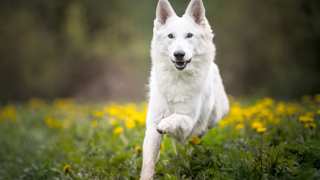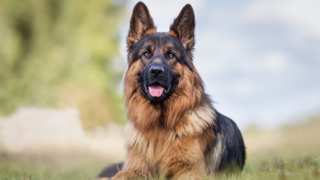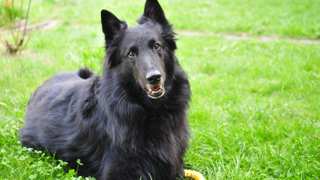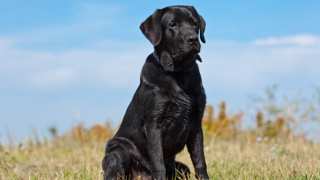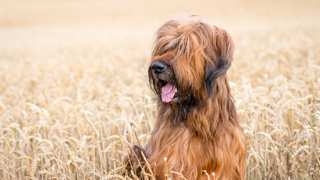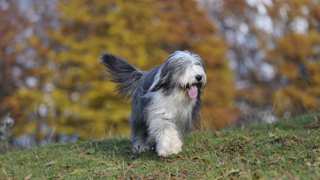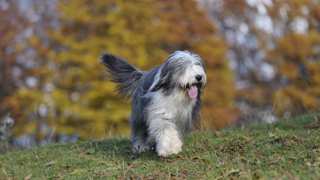Unlike most dogs, Golden Retrievers don't have many coat styles, and many of them may look alike to the lay eye. While you don't want a totally shaggy Goldie, you don't want to damage the guard hairs or undercoat either. Goldens tend to get scruffy around the neck, ears, and tail first, so when you see this, it may be time for a light trim. Keeping the hair between and around their feet and pads is essential too, so don't forget those parts.
Here are some haircut styles for Golden Retrievers:
Puppy Cut
It's the easiest and most basic haircut. You don't want it clipped too short as exposure of the undercoat will damage the coat and skin. This style will keep your Goldie cool in summer, lessen the shedding and make the grooming easier too.
Retriever
You have a Retriever, and this is the cut that most folks prefer for these dogs. It's another basic summer cut. The face and tail are trimmed somewhat shorter than the rest of the coat length. Feathering of the tail, chest, and legs can be done with this to wonderful effect. It can also be done in a long style, but this means more grooming to prevent tangles and mats.
Golden Retriever Lion Mane
This eye-catching style is best for little dogs with very long hair, but due to the color of Golden Retrievers, some people like this. It's best to let the "mane" and tail tuft grow over time while keeping the rest of the coat trimmed but not shaved.
Kennel Cut
This one is best for the least amount of grooming, and it may be the least appealing. You may think your Goldie just got out of boot camp! It's a short cut that leaves the coat uniform all over, from face, to neck, to ears, to toes, to tail.
When it comes to shaving a Golden Retriever, this should not be done. It may be hot and you may think that cutting off a Goldie's hair will cool her down, but it will actually make her hot. Her coat regulates her body temperature, keeps her skin from being sunburned, and prevents all sorts of other health problems from happening. If you must fashion your Golden like a lion, it's best to just buy one of those fake lion manes for her.
Letting a pro groomer cut your Goldie's coat the first or few times is strongly recommended until you get the hang of it. Unlike the single coats of some dogs, improper trimming of a Golden's double-coat can lead to all sorts of health, visual and grooming problems.

